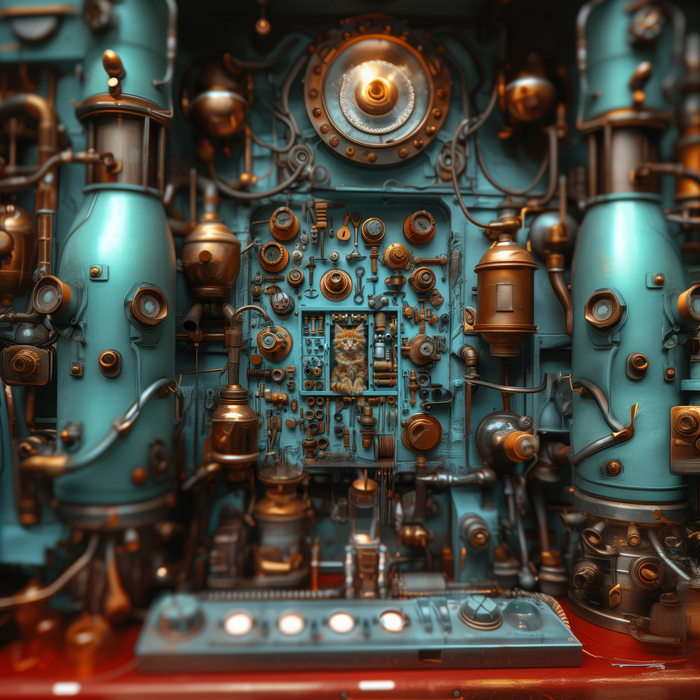The Future Of Programming, Where Everyone Can Create Beautiful Applications
Friday • July 26th 2024 • 10:35:30 pm
The world of programming is always changing, but now with AI tools those changes are more colorful.
It is really important to begin learning programming, especially advanced technologies like Web Applications.
User interface design, is now more adventurous, and flat UI, the boring thing that is has always been.
Is about to fall flat, and splat.
Companies would love to make boring applications, but classy users want to be entertained.
Skeuomorphism is about to make a return, and stay here for a long time.
The walled gardens of app stores are about to fall, as users begin using visual programming, to make their own apps.
Not apps like we know today, but networks of programs that get stuff done.
It makes sense to choose where you want to send things next, sometimes camera should send to files, other times to the web.
And passing information through a local AI, so that it gets improved is already possible today.
Except that phone apps, are just bricks, and the future demands streams so that they can be routed.
The graphics of an application, should get a nice refresh at every version.
They have to be more beautiful at every release, similar to how desktop OS backgrounds improve with each release.
And in the age of AI, everyone needs to have side projects making a tiny bit of money.
This is the promise of visual programming, allowing everyone to invent, and publish.
And with AI that does not mean more work, it means strategy and vision.
Even today programmers don't know what visual programming is, they think it is blocks like code, or interactive visualizations.
Visual Programming, is games, beautiful little puzzles, that when chained together make machines.
A programmer, sits behind the user's screen, in visual programming...
The programmer opens user interfaces, on the users screen.
The user's screen has representation in a visual program, it is a box, that gets sent user interfaces.
And a user interface is a layout scaffold, such as a grid, upon which components like forms buttons are affixed.
The visual programmer gets a grid they can configure, and then drad an drop UI components on top of.
Where they can say this components spans 2x2 cells.
And programming is not hard either, a database is represented by objects.
To configure a database, all a user has to say is...
Account has-one Profile, account has-many Songs, Account has-many Playlists, Playlists have-many Songs.
Again this is all done visually, by connecting interesting looking boxes.
For completions sake, the user interface is bound to a data tree, a nested data structure that automatically updates the UI when it changes.
Buttons execute actions, that perform multiple simple tasks, add to playlist, or set profile email, or delete song.
So an action to create a playlist for a new song is, create new playlist named untitled, add song id something something.
Creating a new playlist refreshes lists that list all playlists, and adding a new song will for example update all songs list in the tree.
Commands alter database objects, which update the tree, and the User Interface reacts with updates whenever the tree changes.
Security wise, it is not wise to host everything on the internet, because hackers are probably already training AI to hack for them.
Open source stripped down browser frameworks like electron, are a great alternative to a web that updates too slowly to be secure.
All the components of the future are here, all that is needed is the vision.
A vision of an endless desktop filled with little machines, that can all be connected together.
None of then any harder, than an interesting puzzle.
But infinitely more valuable, as they represent means to get stuff done.
